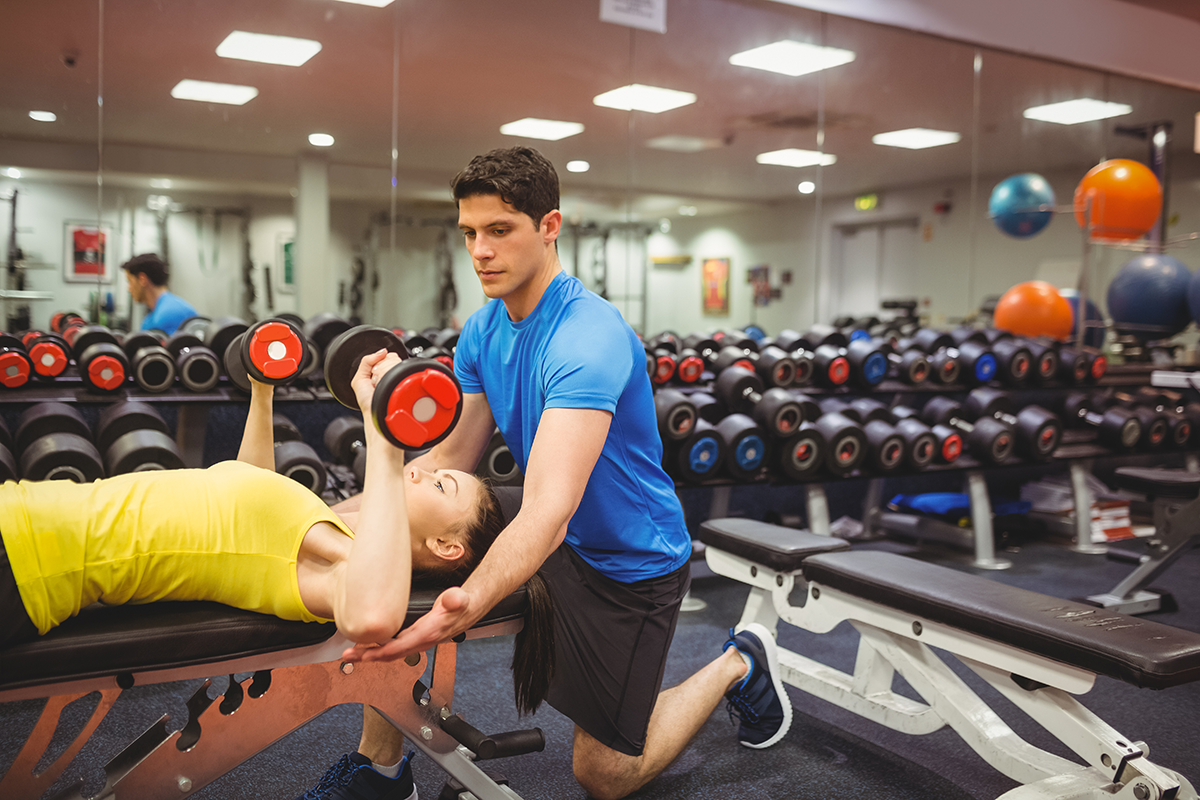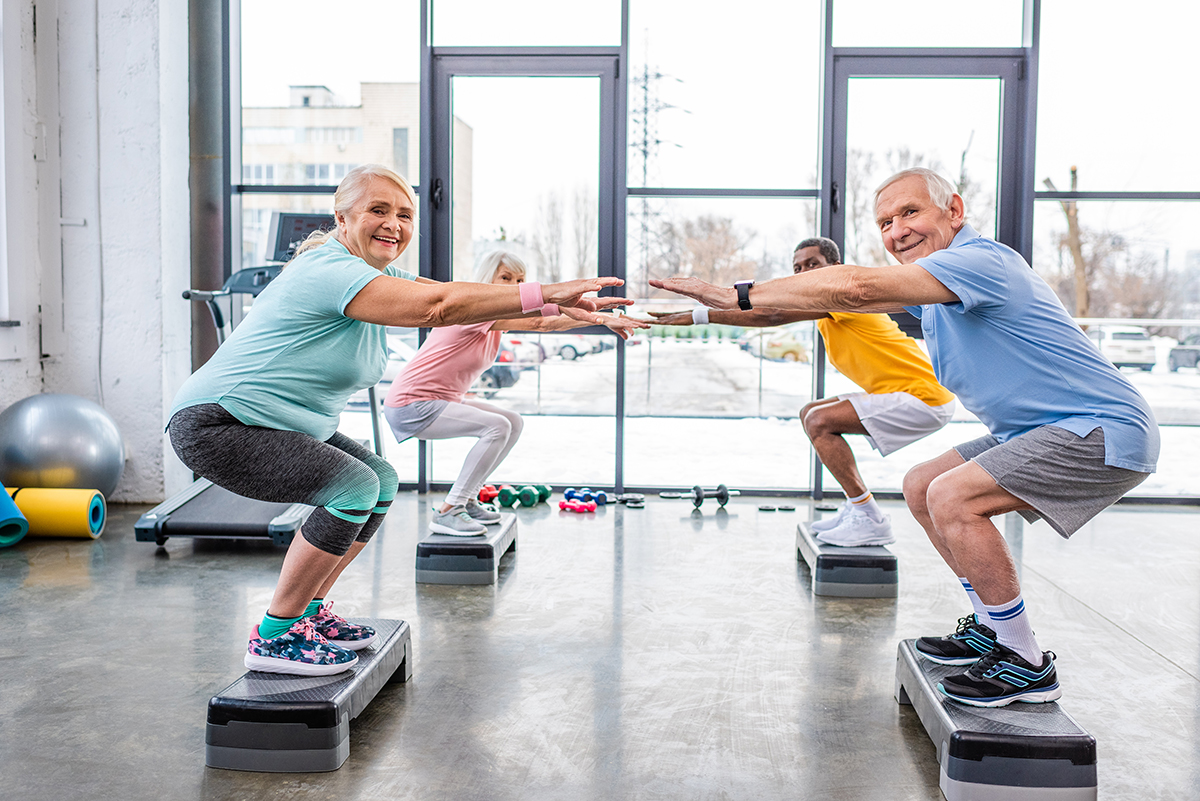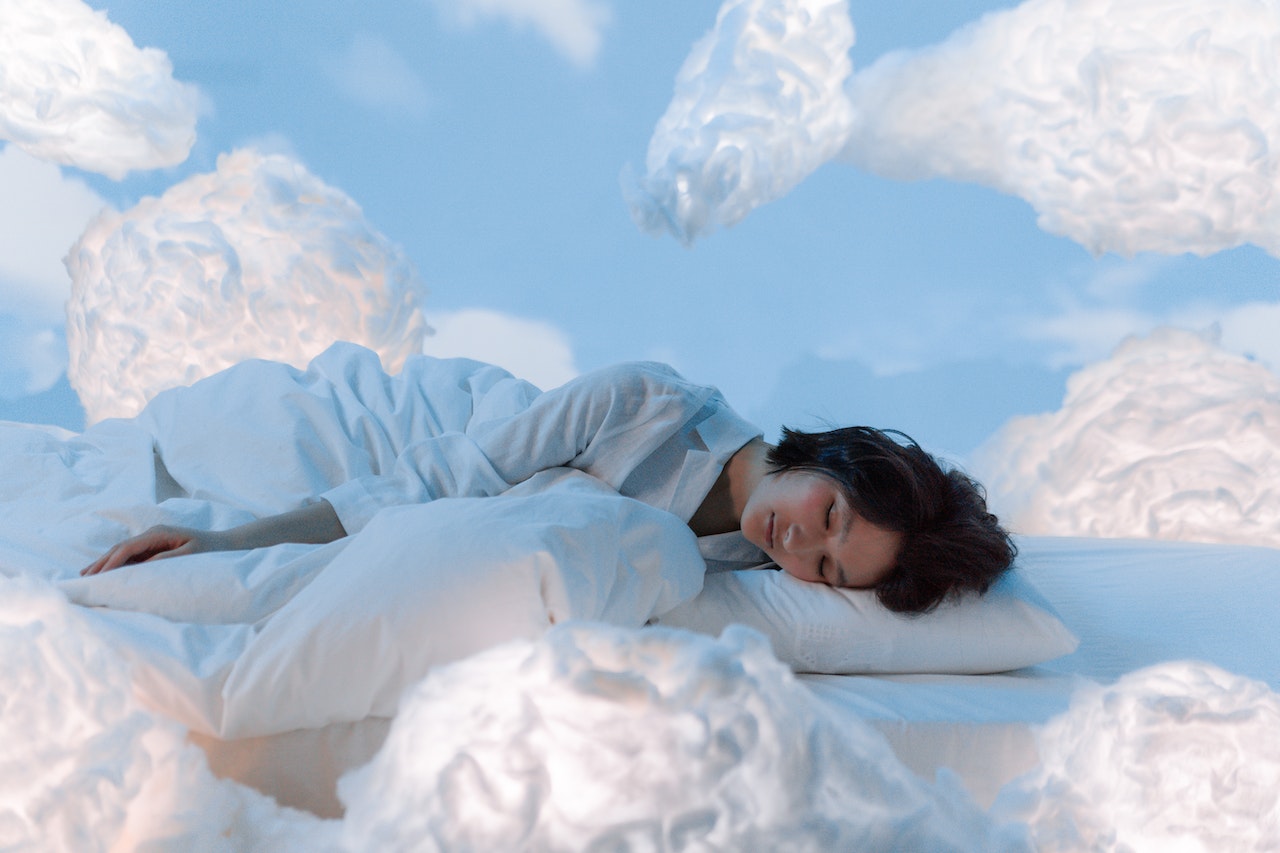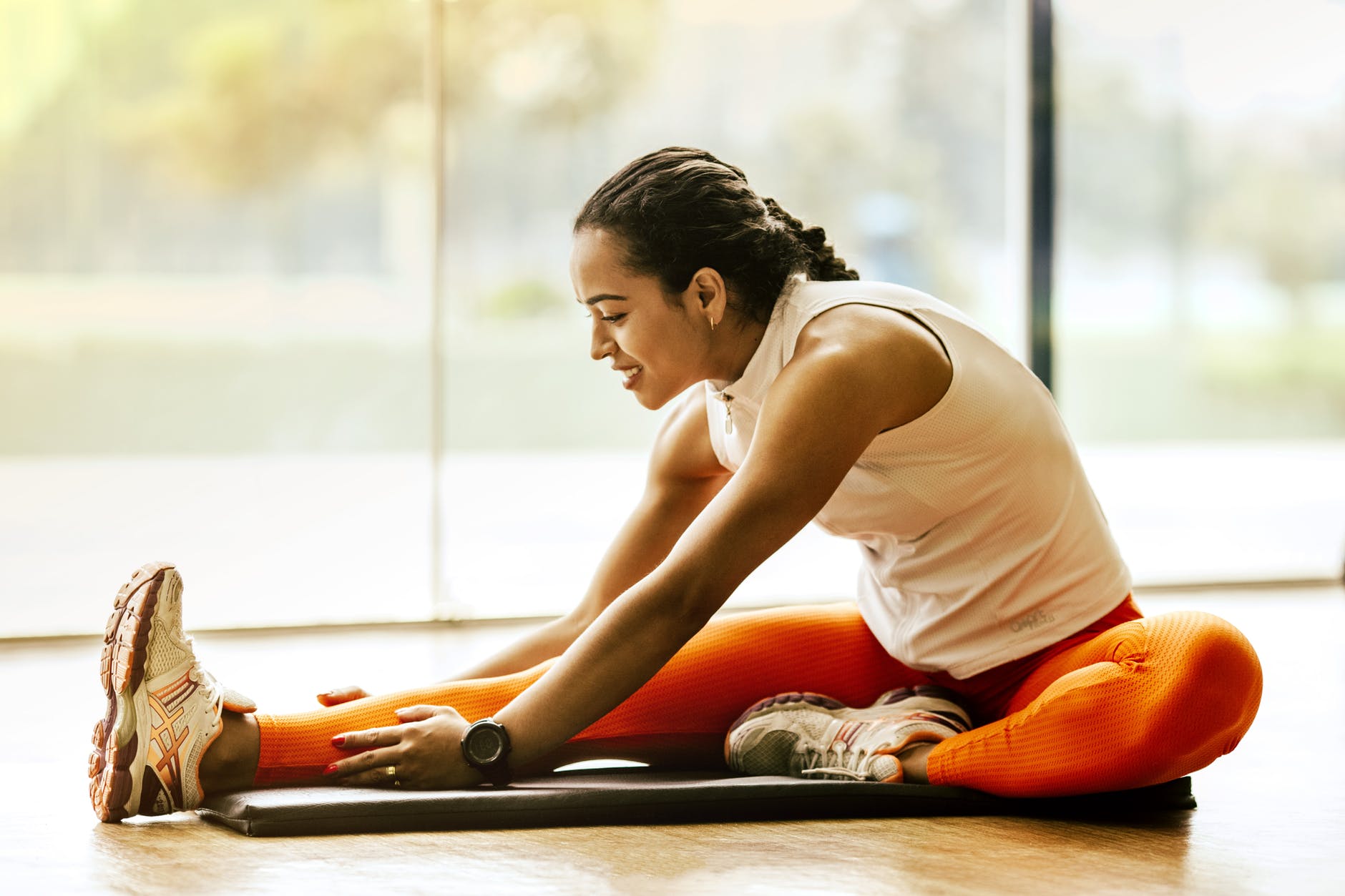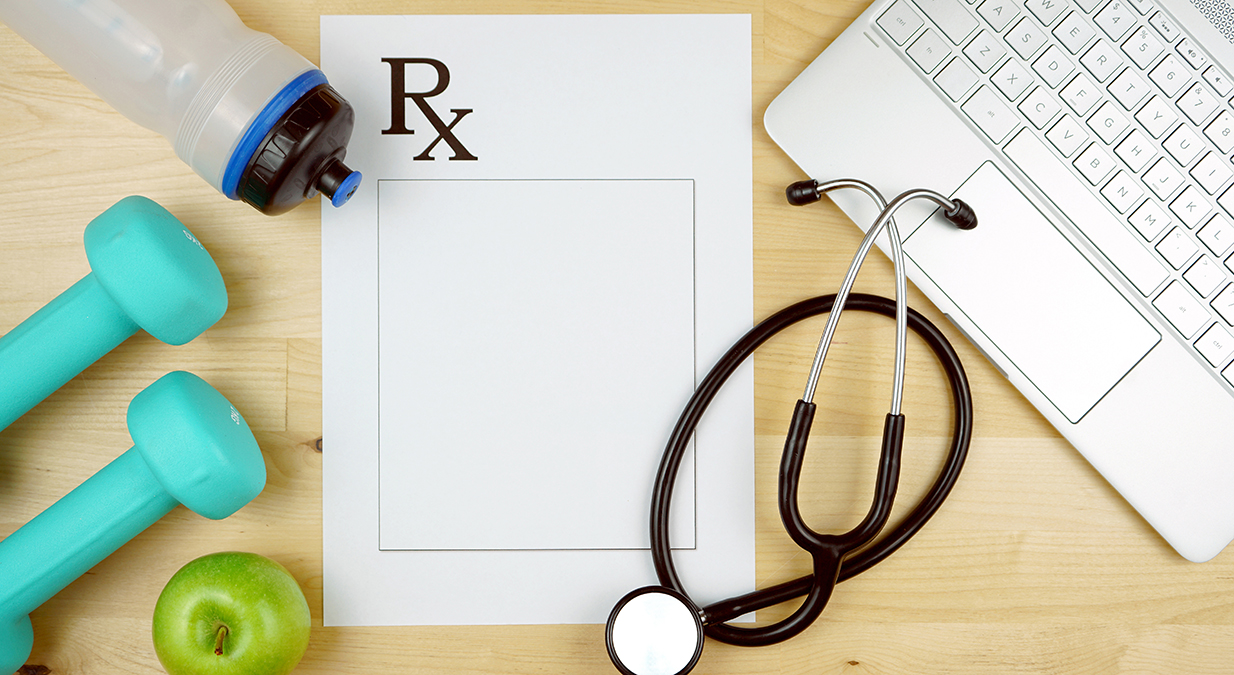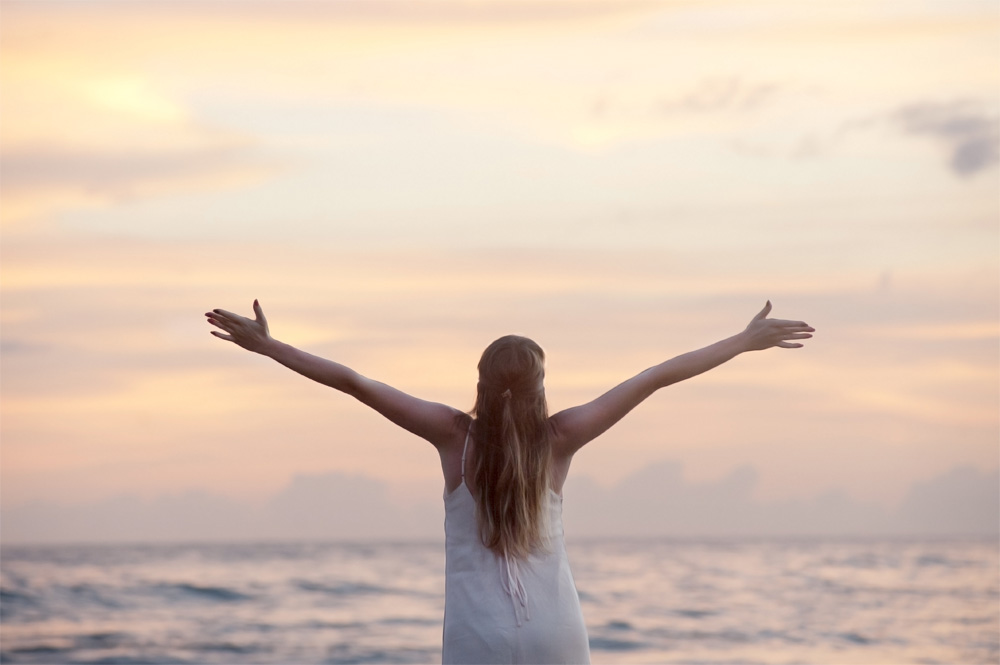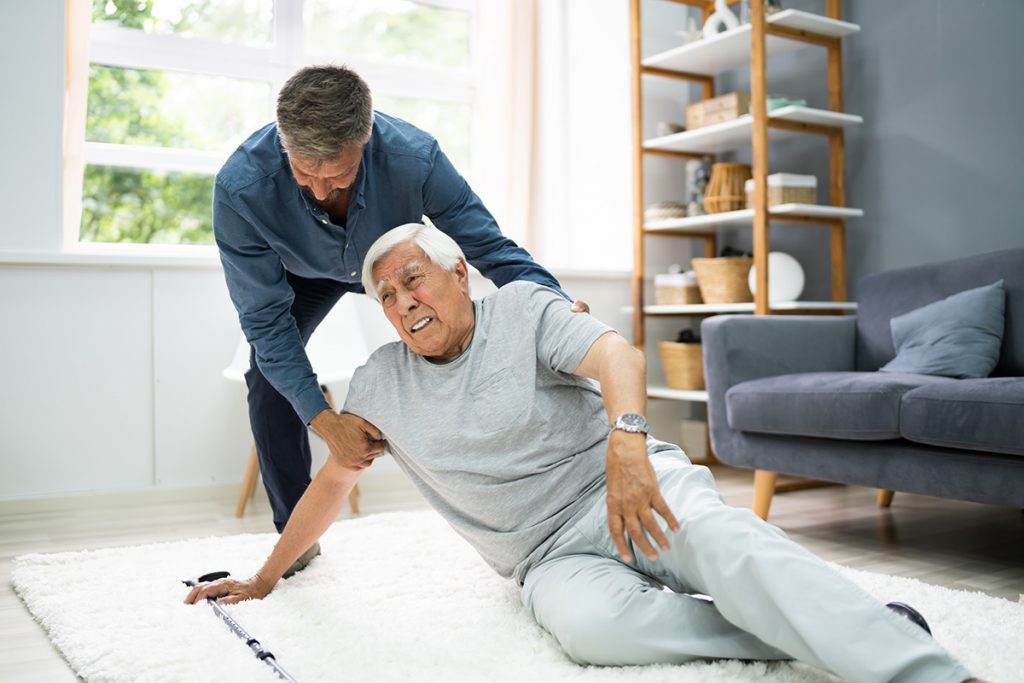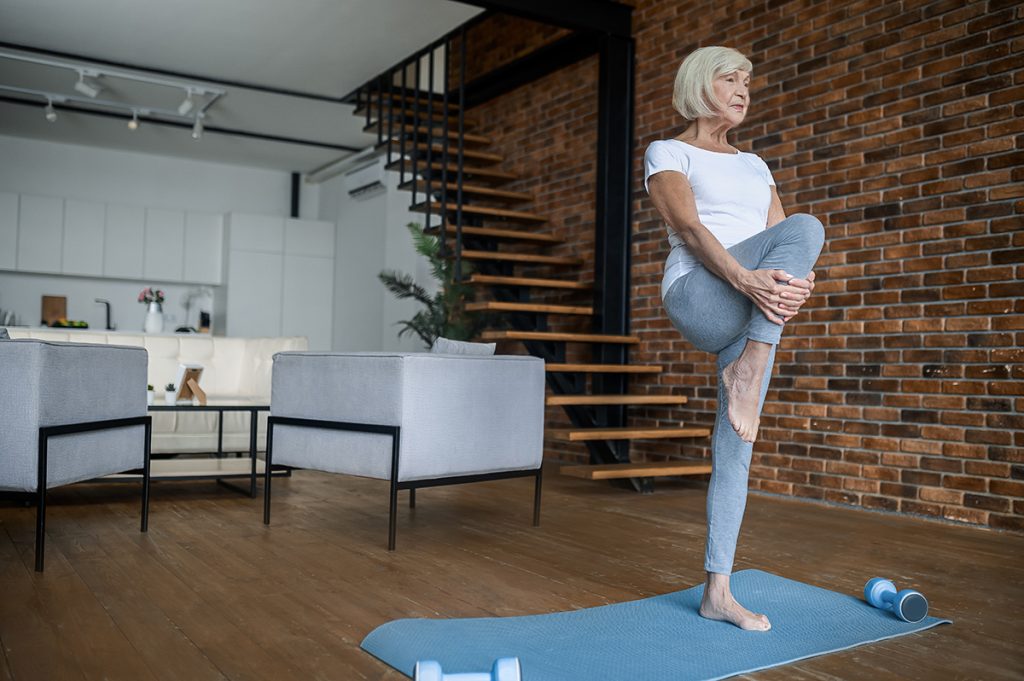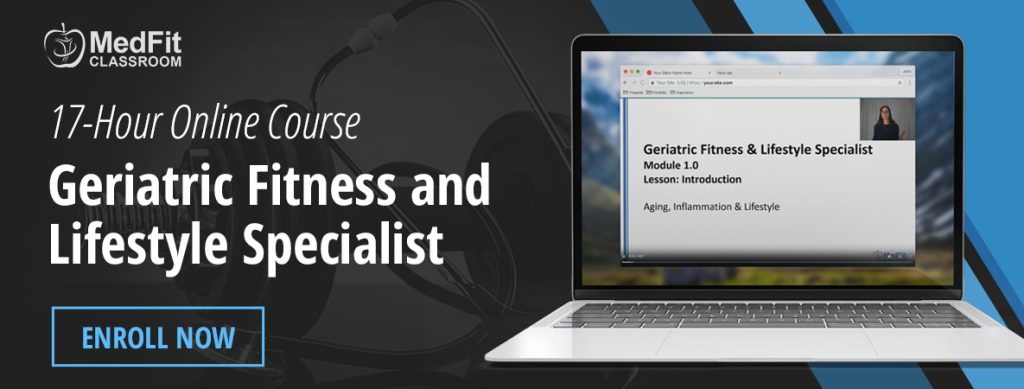Exercise For Sobriety
The crucial element that I always recommend to people when they say they have been experiencing anxiety, depression, addiction/s of some sort, or even sleeplessness, is exercise. Almost every time, I get a response like, “Does that help you?” Then I get to explain to them why I am so incredibly passionate about fitness. I discuss the fact that I never used to enjoy working out, and, as a matter of fact, still don’t enjoy it, but rather enjoy the feeling it gives me afterwards. This then opens the gateway for me to plead my case as to my passion and explain the many benefits that fitness provides. Exercise has helped people in many ways, but especially in terms of boosting mood and keeping mental illnesses at bay, both of which have a direct impact on addiction.
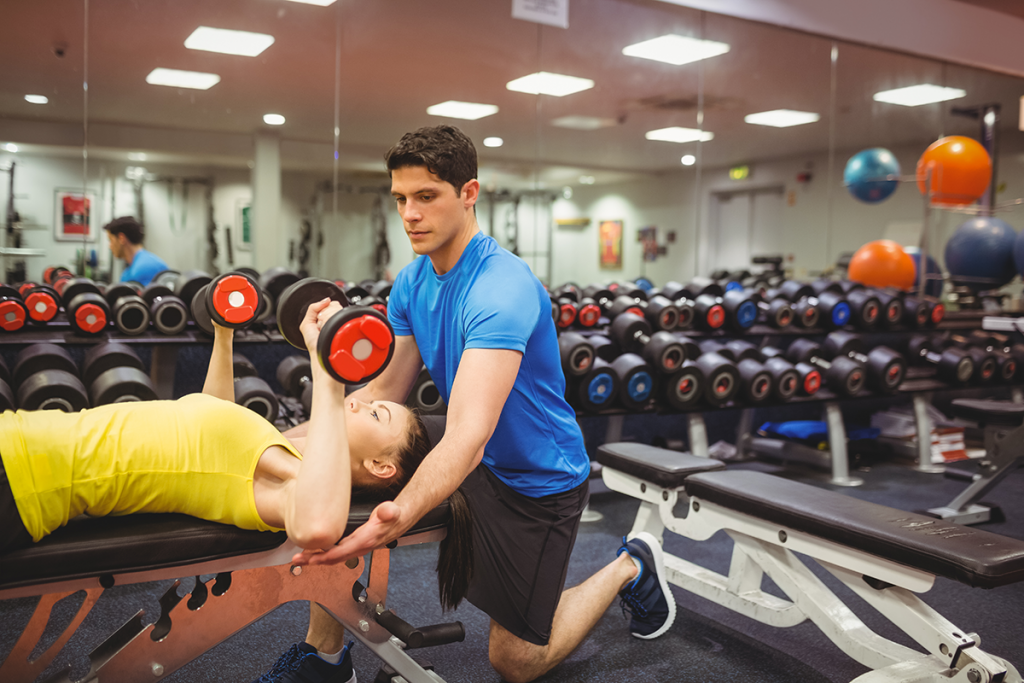
Types of Sobriety
The reason I live, eat, drink, and breathe all things fitness is because of how beneficial it has been on my own personal wellness journey. Rather than get into my whole life story, I will instead discuss how crucial fitness is to achieve sobriety. When people hear the term “sobriety” they tend to think of only substance abuse — mainly alcohol, opioids, or hard drugs. Not only can sobriety refer to the latter, it can also include medications that an individual was prescribed that their body happened to develop an addiction to, or could even refer to an undesirable behavior or reaction. For example, I had a client who would unconsciously binge eat after an unpleasant encounter with her then-husband, now ex-husband. Eventually, we realized that she was using food, and unhealthy foods at that, to make her feel better after arguments. In essence, she was supplementing her body with sugary foods that would help her body produce the dopamine her body was craving in order to produce the emotional high that would make her feel better. Here’s a different example: a different client would unconsciously lash out at her mother after having been insulted by her critical father. Once we realized why this was happening, I had her incorporate fitness into her daily schedule, right before she went home from school to her parents. Going to the gym every time she got angry with her father resulted in much less conflict between her and her mother, and, in conjunction with therapy, opened up a new line of communication between the two of them.
Improved Physiology and Psychology
Another common comment I encounter is after discussing the fact that I generally hit the gym for an hour and a half each day. Almost every single time, I get the exact same response, “I wish I had your energy!” For me, it’s not energy, it’s anxiety. I have discovered that I cannot eliminate it any other way than, as I say, “working out until I pass out,” or at least, until I’m thoroughly exhausted. I have found many other individuals who share my same sentiment, most of whom have also endured several instances of trauma, with the later group showing the most benefit and overall improvement from fitness. There have been numerous studies about the positive impacts that physical activity has on an individual’s mood and overall state-of-being. Exercise has been proven to reduce anxiety by promoting positive adaptations of several physiological processes within the body, such as improving dysregulations of the HPA axis of the brain, restoring abnormalities in monoamine function, producing endogenous opioids in the brain, and increasing BDNF (brain-derived neurotropic factors). There have been studies that suggest that fitness may increase neurogenesis, as well. Exercise has also proven to reduce the psychological effects of anxiety as well, such as reducing anxiety sensitivity, improving one’s sense of self-efficacy, and providing “time out” from one’s daily activities and stressors.
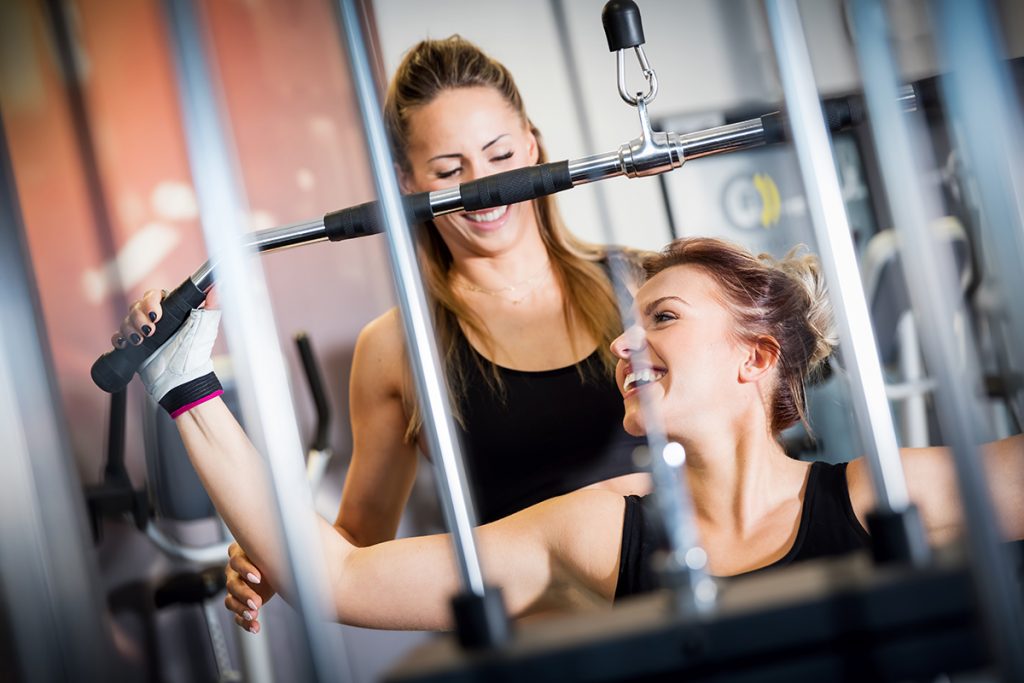
Work Out to Work It Out
In short, work out to “work it out.” All of the above are reasons why I always suggest to anyone struggling with their mental health that they start some sort of exercise regimen. Whether a person is addicted to a substance or even an undesirable or destructive behavior, fitness will improve the problem and provide results.
Tambryn Crimson-Dahn is a certified personal trainer, fitness coach, nutritionist, and addiction recovery specialist with 4 years of experience. After having worked in the gym industry, she founded and now operates her own company, Crimson Wholistic Fitness. She specializes in overall mental health and wellness, addiction, and relationships and how they can affect mental health.
References

